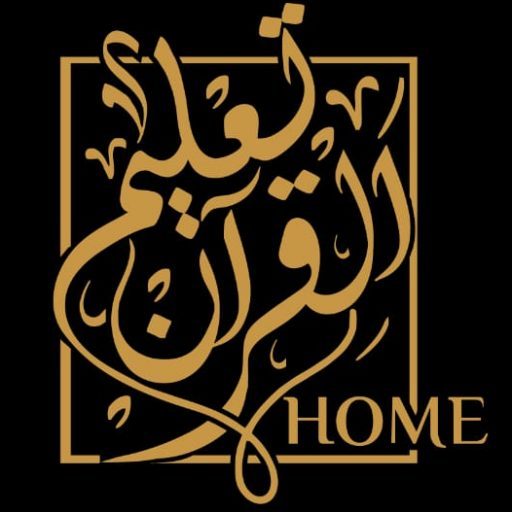Learn QURAN In Arabic Style
إِنَّا أَنزَلْنَاهُ قُرْآنًا عَرَبِيًّا لَّعَلَّكُمْ تَعْقِلُونَ
“Indeed, We have sent it down as an Arabic Qur’an that you might understand.”
The Quran is an amazing book no matter what language you read it in. But trust me when I say this; you have never really read the Quran until you have read it in Arabic. That is why you have to learn Quranic Arabic.
The sudden changes in style, the short verses with powerful meaning, the rhyming words – it is something you have to experience for yourself. In fact, the language of the Quran is so sublime, that it froze the version of Arabic it was revealed in through time. What we know today as Modern Standard Arabic is almost the same as Quranic or Classical Arabic. The major difference is the addition of new words for the modern context. This is because unlike most other languages, Arabic never changed or evolved. In this course we will provide you native Arabic teacher who will teach your kid in Arabic Style.
The Harakaat الحركات which literally means “motions” are the short vowel marks but Tashkeel refers to other vowel or consonant diacritics..
* Fathah / ـَ /
The Fatha فتحة is a small diagonal line placed above a letter and represents a short /a/. The word Fatha itself means “opening” and refers to the opening of the mouth when any letter with this mark; e.g. كَـتـَبَ /kataba/ = to write.
* Kasrah / ـِ /
A similar diagonal line below a letter is called a Kasrah كسرة and refers to a short /i/. The word kasrah literally means “breaking”; e.g. مـِـن /min/ = from.
* Dammah / ـُ /
The Dammah ضمّة is a small curl-like diacritic placed above a letter to represent a short /u/ or /o/; e.g. كـُـتـُـب /kotob/ = books. If the dammah is written with a following (و) /waw/, it designates a long /u:/ = /oo/ (as in the English word “blue”); e.g. بـُـومة /boomah/ = an owl. However, if the و /waw/ is pronounced as diphthong /aw/, a fatha should be written on the preceding consonant to avoid mispronunciation; e.g. يـَوم /yawm/ = day.
* Sukoon / ـْ /
The Sukoon السُـكون is a circle-shaped diacritic placed above a letter. It indicates that the consonant to which it is attached is not followed by a vowel. The sukoon is a necessary symbol for writing consonant-vowel-consonant syllables which are very common in Arabic; e.g. مَدَدْ /madad/ = supply or support or aid. The sukoon may also be used to help represent a diphthong. A Fatha followed by the letter ى /yaa/ with a sukoon over the yaa indicates the diphthong /ay/ e.g. بـَـيـْت / bayt/ = home and the same with the other diphthong و /aw/ like in يـَـوْم /yawm/ = day.
